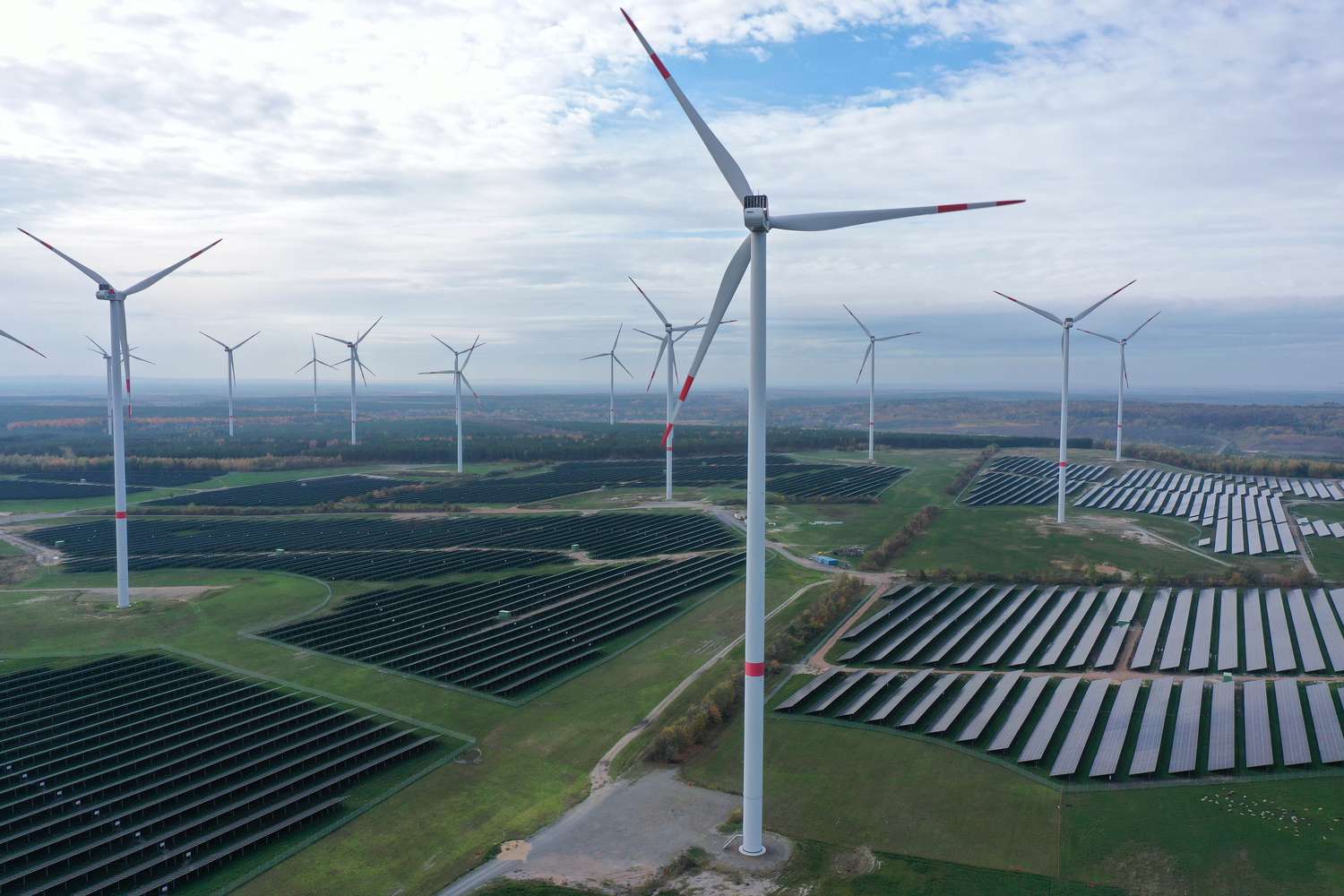TECH
How do EAC and REC Impact CDP Reporting?

It is essential for organizations involved in CDP reporting to distinguish and analyze the implications of EAC and REC accreditations. These certificates hold crucial functions in the manner in which companies disclose their GHG emissions and sustainability practices. This article focuses on understanding the effects of EAC and REC on CDP reporting and also gives an explanation of EAC vs REC.
The Role of CDP Reporting
CDP stands for Carbon Disclosure Project, which is a worldwide disclosure system that aims to help companies, cities, states, and regions report on and address their climate change risks. CDP reporting requires companies to disclose data concerning emissions of greenhouse gases, threats linked to climate change, and potential beneficial effects of climate change. There is increasing pressure on companies to report their financial information accurately and transparently, as this is evidence of their commitment to sustainability and as a measure of compliance with the regulations and standards imposed by the authorities and other stakeholders.
Understanding Emissions Allowances Certificates (EAC)
Emissions Allowances Certificates or EAC are tradeable permit that allows a company to emit a certain quantity or amount of greenhouse gases. These certificates are normally part of cap-and-trade regimes where a government caps the level of emissions that can be made and provides allowances that can be bought and sold by different organizations. EACs are a tool primarily designed to achieve the maximum reduction in total GHG emissions by offering companies financial incentives to decrease them.
Understanding Renewable Energy Certificates (REC)
Renewable Energy Certificates (REC) are the market instrument that reflects the environmental attributes of renewable energy by certifying one MWh of electricity generated from renewable energy sources like wind, solar or hydro. When a company buys RECs, it contributes to electricity generation from renewable sources. It can attribute the environmental benefits related to renewable energy production even if the company does not use electricity. These RECs are crucial for companies with renewable energy policies that should be implemented in their organizations in order to lower their impact on the environment.
EAC vs REC: Key Differences
EAC is used for the evaluation of External Quality Assurance, whereas REC serves the purpose of assessment and recommending the organization for accreditation. EACs are related to emissions reductions inside well-defined markets and are employed for legal compliance with emissions limits. RECs, on the other hand, are associated with the generation of renewable energy and are used to support and encourage the utilization of clean energy sources. EACs have a direct implication on the company’s GHG emission inventory and RECs with regard to sourcing electricity from renewable resources.
Impact of EAC on CDP Reporting
EACs have a crucial impact on CDP reporting as they determine a company’s Scope 1, which refers to the direct GHG emissions that result from the company’s operations, assets, and activities that the company controls. Thus, by buying and holding EACs, firms can prove compliance with emissions standards and potentially reduce their measured emissions. This can improve their CDP scores, demonstrating their efforts to reduce the climate impact by following regulatory standards and emissions trading.
Impact of REC on CDP Reporting
REC influences CDP reporting because it reduces a company’s Scope 2 emissions, which are indirect GHG emissions that result from the consumption of purchased electricity, steam, heating, or cooling. Buying of RECs enables industries to assert the use of renewable power, and report reduced Scope 2 emissions. It assists companies in delivering on renewable energy goals, reducing the negative environmental impacts, and increasing their CDP ratings through showcasing their commitment to clean power.
Integrating EAC and REC in CDP Reporting
In this regard, companies should incorporate the EAC and REC certificates in the larger organizational sustainability frameworks regarding CDP reporting. This entails properly measuring and reporting on EACs and RECs, orienting them toward corporate sustainability goals, and ensuring that both internal and external stakeholders can understand their effects. The above analysis clearly shows that proper integration can improve CDP scores, corporate reputation, and investor confidence.
Conclusion
EAC and REC are two different activities, but they are interrelated and connected to CDP reporting, which reveals the company’s general data on GHG emissions. Comparing EAC and REC and their effect on Scope 1 and Scope 2 emissions is fundamental when preparing to report with CDP. Thus, through these certificates, firms are able to provide proof of their sustainable practices, compliance with the rules and regulations, and use of renewable energy, hence enhancing their overall environmental ratings of the CDP.







